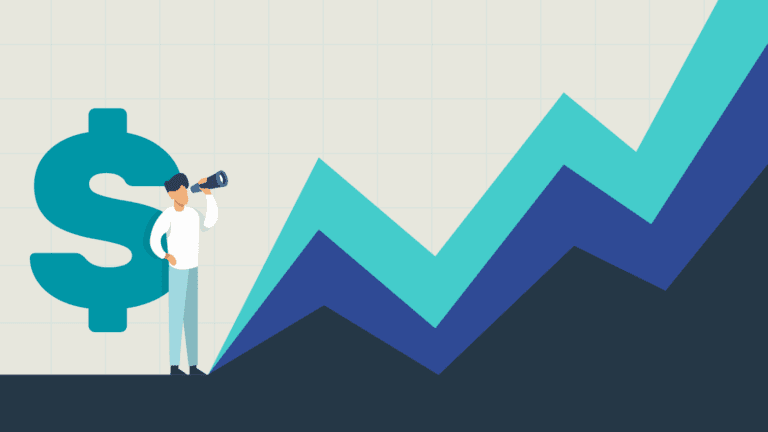B2B marketers have had to confront changing expectations from buyers when it comes to customer experience: the days of long, drawn-out sales processes are likely numbered, and associated practices like hidden prices are also probably on the downswing.
More and more, ease of process and accessible product information will be essential differentiators in the purchase decision, and that requires a rapid change in thinking for B2B marketers that embraces the customer-centric strategies already adopted by top performers on the B2C side.
But that doesn’t mean you have to throw the baby out with the bathwater: instead, you should look to adapt existing foundational strategies like segmentation to challenge assumptions, break through traditional silos, and prioritize customer experience.
Why Segmentation Can Drive Better B2B Customer Experiences
Think of advanced segmentation as the B2B marketer’s secret shortcut to delivering better customer experiences. Even if you aren’t able to list prices or offer one-click purchasing on your site at this point, you can maximize the ROI of both your inbound and outbound marketing efforts by providing more specific experiences that are powered by a stronger sense of the needs of your point of contact and by that great marketing white whale, empathy.
Despite investment in inbound efforts, outbound marketing continues to be the bread and butter for many B2B businesses. Better segmentation can improve the performance of sales teams, emails, and ABM campaigns because every touchpoint is more focused and informative.
Inbound efforts will also see improved performance because you have opened the door to creating more personalized experiences, tailored for audiences in both content and design. The result? More persuasive, valuable experiences for your prospective customers.
But how do you do it effectively and efficiently?
Leveraging Data to Drive More Mature Segmentation
One of the reasons B2B marketers tend to stick to the old assumptions around segmentation is because there is a bewildering array of possible attributes to choose from when it comes to digging deeper than company size, geography, and verticals.
So how do you figure out what’s actually relevant?
The answer is two-fold: machine learning can help you identify patterns when it comes to customer analysis and help resolve some of the analysis-paralysis, but the solution does not come from tech alone.
You also need to make sure your marketing strategy is aligned with your core business objectives, which will then filter down into your segmentation tactics. If you’re creating more in-depth segments, you need to know why you’re creating them.
Assessing which of the array of viable segments is likely to contribute to those goals is where human intelligence combines effectively with machine learning efficiency to drive your strategy and make sure you’re scaling toward the right goals.
It’s key that your segments are differentiated enough and defined enough that companies can’t fall into multiple segments or make the segmentation process over-complicated by requiring too much legwork to sort the businesses.
You then need to prioritize which groups are most likely to get you to your goals, whether those are acquisition-, retention-, or revenue-focused. We recommend analyzing your segments for customer lifetime value and tiering them accordingly.
Scaling Advanced Segmentation Without Breaking Content + Creative
One major part of segmentation strategies that can throw a wrench into the works is not accounting for the additional weight on content and creative teams. You need to be creating segment-specific messaging and creative that doesn’t need to be delivered by a sales rep across the customer journey, but if you are creating something from scratch for every single segment, you’ll quickly swamp your creative personnel.
Consider how to leverage any of your assets in as many ways as possible; emphasizing different points in the copy between segments makes a significant difference in workload then net new messaging across all segments. Look for where content and creative can play more than one role or cut for different channels.
Breaking free from the assumption that each touchpoint has to be completely unique is key to scaling a mature segmentation strategy– but don’t phone it in or get too broad. Find the right balance for your team and customers and see what results in the best possible experience for your customers.





